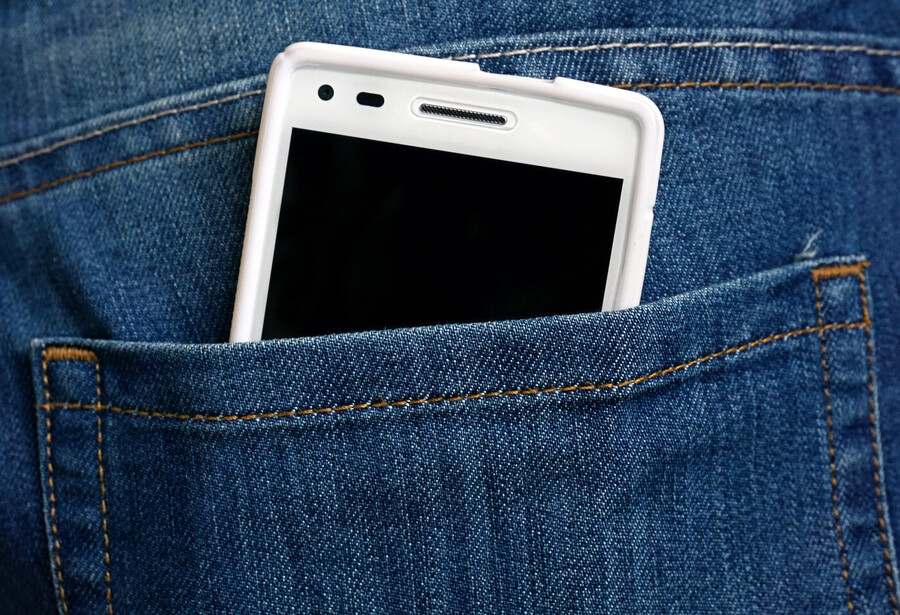Wireless technologies, including cell phones, wireless internet, and Bluetooth devices, have become ubiquitous in our lives. Cell phone use is widespread, even among children and adolescents. New cell antenna sites are being deployed widely. Wireless technology use is both widespread and increasing.
These devices use radiofrequency radiation (RFR) to send signals. Despite ubiquitous use, the safety of this kind of low-intensiy RFR has not been established. In fact, the International Agency for Research on Cancer (IARC) has classified radiofrequency electromagnetic fields as “possibly carcinogenic to humans” (IARC Group 2B).
Selected study results
In a recent webinar, Dr. Joel Moskowitz provided a brief overview of selected studies on health hazards of these technologies.
A study by the National Toxicology Program (NTP) completed in 2018 found that exposure to high levels of RFR used in cell phones was associated with the following:
- Clear evidence of tumors in the hearts of male rats
- Some evidence of tumors in the brains of male rats
- Some evidence of tumors in the adrenal glands of male rats
For female rats and male and female mice, the results were unclear. A follow-up NTP study found that exposure to RFR is associated with DNA damage in both mice and rats. The NTP studies did not find that the results could be directly applied to humans. However, the findings do call into question the idea that RFR does not pose any health risks.
Findings of other studies presented by Dr. Moskowitz included significant evidence of oxidative stress from low-intensity RFR and increased tumor risk from heavy, long-term cellphone use (including increased risk of two types of brain tumors).
Stronger safety standards
Dr. Moskowitz stressed that the exposure limits for RFR set by the Federal Communications Commission are designed to protect people from short-term heating risks. They are not designed to protect people from possible health effects of longer-term exposures below the levels that heat tissue, such as what we encounter with cell phone use.
These studies suggest that new, lower exposure limits are needed to make wireless devices safer. These limits should be based on the biological effects (such as documented changes in DNA biochemistry) of RFR. Dr. Moskowitz recommended that more research should be conducted to determine what types and levels of wireless radiation exposure will minimize health hazards.
Dr. Moskowitz made a case that until research establishes those safe levels, governments should impose a moratorium on technologies that increase our wireless radiation exposure, such as 5G.
In addition, manufacturers of these devices have an opportunity to prioritize safety in design. For example, software-based solutions can reduce RFR emissions. Hardware changes to antenna designs could also reduce people’s exposures.
“It’s time for the telecom industry to compete on product safety.”
Immediate personal steps
In the absence of protective regulatory standards, Dr. Moskowitz shared tips for personal safety:
- Minimize your use of cell phones and cordless phones; use a landline whenever possible.
- Keep your phone away from your head and body. Store your phone in a purse or backpack rather than your pocket. Use a wired headset or speakerphone for calls. Even a small increase in distance can substantially reduce your exposure.
- Because cell phones are programmed to increase radiation when reception is poor, use your phone only when the signal is strong. Avoid using it in an elevator or in a vehicle, as metal structures interfere with the signal.
- Turn off wireless devices at bedtime, including your Wi-Fi router.
For more information, see the webinar: Health Hazards of Wireless Technologies: What do we know now?
This organizational blog was produced by CHE's Science Writer, Matt Lilley.

